Thresholds: An Invitation to Transformation
Published 23 August, 2021
“In the universe, there are things that are known, and things that are unknown, and in between them, there are doors.” —William Blake
Language is steeped in metaphor, and metaphors are derived from our bodily experiences of living in the everyday world. Take a tangible object – such as the structure of a doorway – and the word ‘threshold’ takes on the qualities of our embodied experience using an actual doorway. Not only that, metaphors bridge gaps in our language, pulling together various threads of connotations to weave a richer web of meaning around the word.
The Latin word for threshold is ‘limen’, from which the term liminal originates. Liminality refers to a state of in-betweenness, a transition between what was and what will be. These days the term can be found within anthropology, psychology and design – and is even the adjective in my business name!
Thresholds are inseparable from our experience of being human. Present across world religions and mythology, the archetypes of thresholds, doorways, gates and boundaries often evoke a sense of heroics; something which must be left behind to move into a greater future And yet thresholds are also profoundly intimate experiences such as birth, death and puberty. Each new chapter of our lives brings its own disruption and transition, ending and beginning.
COVID-19 – a defining liminal moment in our lifetime
The global pandemic initiated a liminal experience that was both collective and deeply personal – in early 2020 the status quo ground to a crashing halt and we found ourselves in an eery in-betweenness. What we had known was no more, but the future was equally uncertain. The loss of perceived certainty regarding our futures resulted in a spectrum of emotions, referenced in Harvard Business Review’s timely March 2020 article ‘That discomfort you’re feeling is grief’. The unrelenting liminality of the subsequent phases of the pandemic (to date) have taken each of us to hitherto unknown depths in our experience of this in-betweenness.
But although thresholds are uncomfortable, ambiguous, disorienting, restless and unknowing, they can also be transformational, creative, joyful and ‘flow-ful’ – often at the same time as the sensations above, providing we can tolerate the discomfort.
An invitation to new territory
The edge where things fall apart can also be the place where new visions of life arise.
In ‘To Bless the Space Between Us’, a book of blessings for the threshold moments of life, Irish poet John O’Donohue writes (emphasis added):
“A threshold is not a simple boundary; it is a frontier that divides two different territories, rhythms, and atmospheres. Indeed, it is a lovely testimony to the fullness and integrity of an experience or a stage of life that it intensifies toward the end into a real frontier that cannot be crossed without the heart being passionately engaged and woken up. At this threshold a great complexity of emotion comes alive: confusion, fear, excitement, sadness, hope. This is one of the reasons such vital crossings were always clothed in ritual.”
The metaphor of territory. I wonder…
If our lives before COVID were one territory, what territory is this liminal space inviting us into? If we have the courage to tolerate the discomfort, what new rhythm might we hear? If we reach out into the furthest corners of the present moment, amidst the complexity of emotions alive within us, what new vision of life might we find waiting to awaken within us?
An invitation to transformation
The term transformation is bandied around a lot, but genuinely engaging with the grief and the growth of our threshold moments can truly be transformational. O’Donohue invites us to take our first steps by reflecting on these five questions (formatting mine):
“At any time you can ask yourself:
At which threshold am I now standing?
At this time in my life, what am I leaving?
Where am I about to enter?
What is preventing me from crossing my next threshold?
What gift would enable me to do it?”
I encourage you to pause and consider:
What is the nature of change in your life right at this moment? Do you have a sense of what it is that is dying and what is waiting to be born – within you, and around you? What is stopping you from crossing into your next ‘now’, and what would enable you to do so?
An invitation to togetherness
Liminal spaces are places of personal transformation, but they also serve to soften the boundaries between ourselves and others, particularly those we see as different to us. Inner awaking is always a precursor to cultural change.
Franciscan priest and author Richard Rohr tells us thresholds enable us “to see beyond ourselves to the broader and more inclusive world that lies before us”.
The willingness to embrace liminality, rather than fight it, allows us to choose hope over denial or despair. Our former certainty has died, but in its place are the seeds of a hope which isn’t simply wishing but formed by glimpses of possibility and purpose – while still in the midst of the current chaos.
I invite you to reflect:
What is the nature of ‘otherness’ in your life? What prevents you from seeing beyond your own frontier? Nourished by glimpses of possibility and purpose, what seeds of hope might grow within us and between us?
An invitation to come together
Talking about these thresholds isn’t usually enough on its own. Our language centres in the brain occupy a relatively small portion of the human capacity to experience and know, especially in comparison to music, dance, art, poetry and the natural environment. This is one reason why logic and reasoned discussion so often fail to meet their objectives.
However Liminal Play’s particular combination of Gestalt theory, facilitated play, metaphor and storytelling are powerful catalysts for exploring thresholds.
- Gestalt’s ‘Paradoxical Theory of Change’ emphasises that meaningful change arises by fully inhabiting the now.
- With a “think with your hands” approach centred on metaphor, people can use their less utilised ‘right brain’ functions to literally build deeper awareness of the now using LEGO bricks.
- By sharing their model’s meaning through storytelling, team members develop a more profound sense of each other, resulting in stronger connection and recognition of their shared humanity.
- Using the insights that have organically arisen through the sessions, individuals and teams are better equipped to understand the nature of their threshold, and what is needed to move into the future.
The LEGO Serious Play approach translates particularly well within remote team contexts where other methods may struggle to engage. You can find more information here on Liminal Play’s unique approach to coaching and facilitation.
If you are a leader who wants to create these transformative spaces for yourself – or with your team – I would love to work with you. I invite you get in touch today to arrange a complimentary discovery call.
O’Donohue concludes:
“It is wise in your own life to be able to recognize and acknowledge the key thresholds: to take your time; to feel all the varieties of presence that accrue there; to listen inward with complete attention until you hear the inner voice calling you forward.
The time has come to cross.”
Notes and Acknowledgements
- If going deep into metaphor interests you, Ian McGilchrist’s book ‘The Master and His Emissary’ is dense but highly informative.
- John O’Donohue’s Thresholds comes from ‘To Bless the Space between Us’ (published as ‘Benedictus’ in Europe).
- Richard Rohr references thresholds and liminality in much of his work, but many of his recent blogs on the theme can be found here.
- Many of Sue Hetherington’s short daily reflections over June and July have helped me understand the nature of my own thresholds this year.

